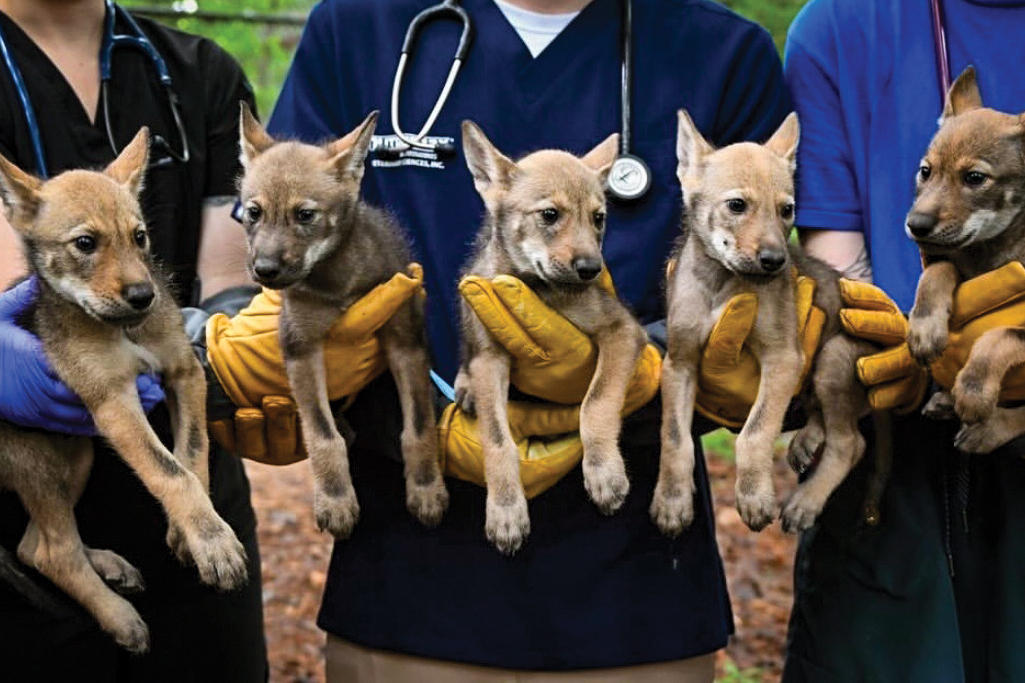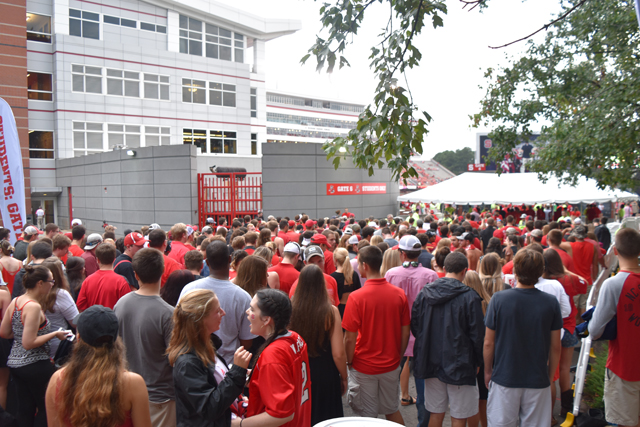A freshman passed out and landed on the brick sidewalk, injuring his face, Monday afternoon at an outdoor informational meeting.
Ten minutes into a meeting for the American Institute of Architecture Students, freshman in environmental design in architecture Bryan Seef sustained a laceration near his eyebrow as he landed face-first on the sidewalk. EMS transported Seef to the hospital where he received 14 stitches.
Architecture graduate students responded to the fallen student first, according to architecture graduate student Michael Southard . He was on the scene when Seef began to show signs of fatigue.
“He started tipping down and then completely fainted,” Southard said. “He hit his head on the ground, and it made a soft thud. He has a gash above his right eye.”
Architecture students applied pressure to the affected area to slow down the bleeding. He remained on the ground until EMS showed up and took him away on a stretcher.
After about four hours in the hospital, Seef said doctors at Rex Hospital could not figure out exactly why he had passed out. As of 7:00 p.m ., he still had a headache.
“[Doctors] never really told me exactly why I passed out. I’m pretty sure that it was a result of dehydration,” Seef said.
He left with a bit of advice from healthcare providers.
“[The doctors] told me to take it easy,” Seef said. “They don’t want me to do much for the first 24 hours.”
Design school faculty rallied behind the victim. Dean Marvin Malecha and Assistant Dean for budget and administration Dottie Haynes met Seef at Rex. He then got a ride home from another member of the college.
When he first started feeling lightheaded, Seef said he thought it was the weight of his book bag that was making him feel bad. He sat it down, and that was when he began to lose consciousness.
“I put down my backpack and I was waiting for somebody. All of the sudden, next thing I know I’m on the ground with people over me,” Seef said.
Before being taken away on the stretcher, paramedics placed a breathing mask on Seef’s face. EMS representatives could not comment on his condition at the scene.
This was not the first time Seef had passed out — in fact it is the third.
“It has happened before, but never just randomly. I passed out once at an event for cross country, and another time just at my house,” Seef said.
Campus police Patrol Division Commander Jon Barnwell said he did not know the exact reaction time of EMS personnel.
“I do not know exactly when the city of Raleigh responded, but when we responded, EMS was already on the scene,” Barnwell said.
Jonathan Olson, assistant chief of operations for Wake County EMS, said that heat related incidents — if in fact this incident was heat related — are happening much less frequently.
“Right now [heat related injuries] are infrequent and very cyclical,” Olson said.
He gave credit to media outlets for educating the public about days that can be dangerous to be outside. Services such as the heat index allow people to gauge whether venturing outdoors is a good idea.
“For the most part the media do a really good job of educating and informing our community when conditions are going to be such that people will be susceptible to heat-related stuff,” Olson said.
Construction sites and athletic events have long been hotbeds of heat-related injuries, according to Olson. He said he has seen a large improvement in people providing water for those participating events.
“They see stories where bad things have happened to others, and they take appropriate to make sure it doesn’t happen to them,” Olson said




